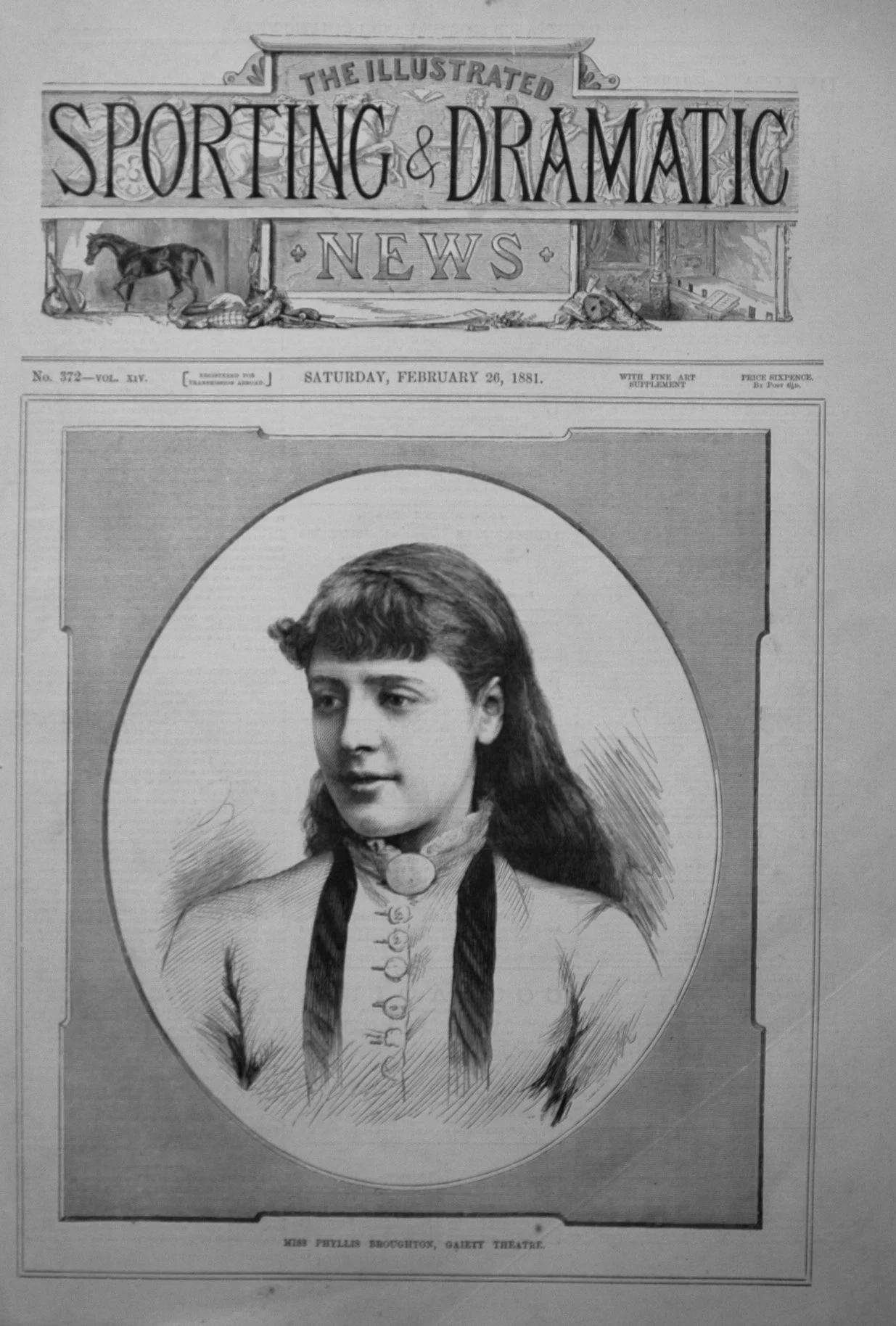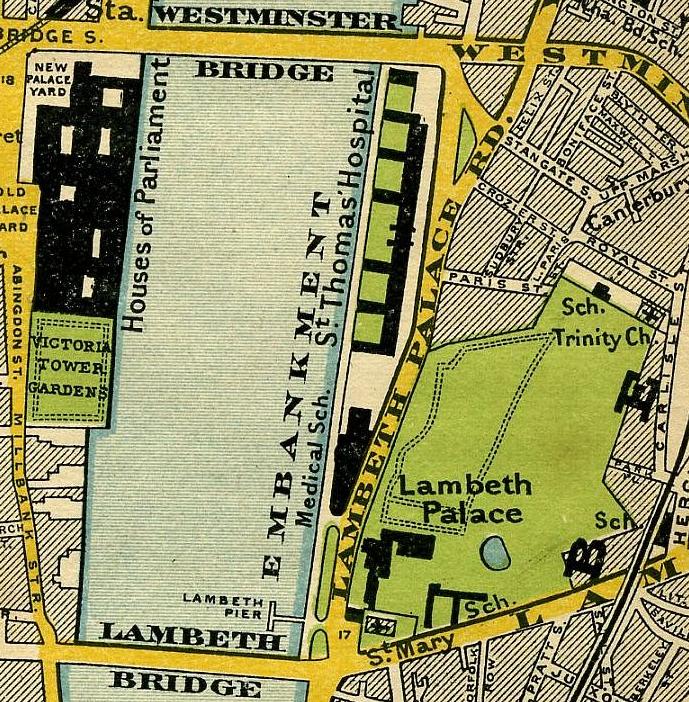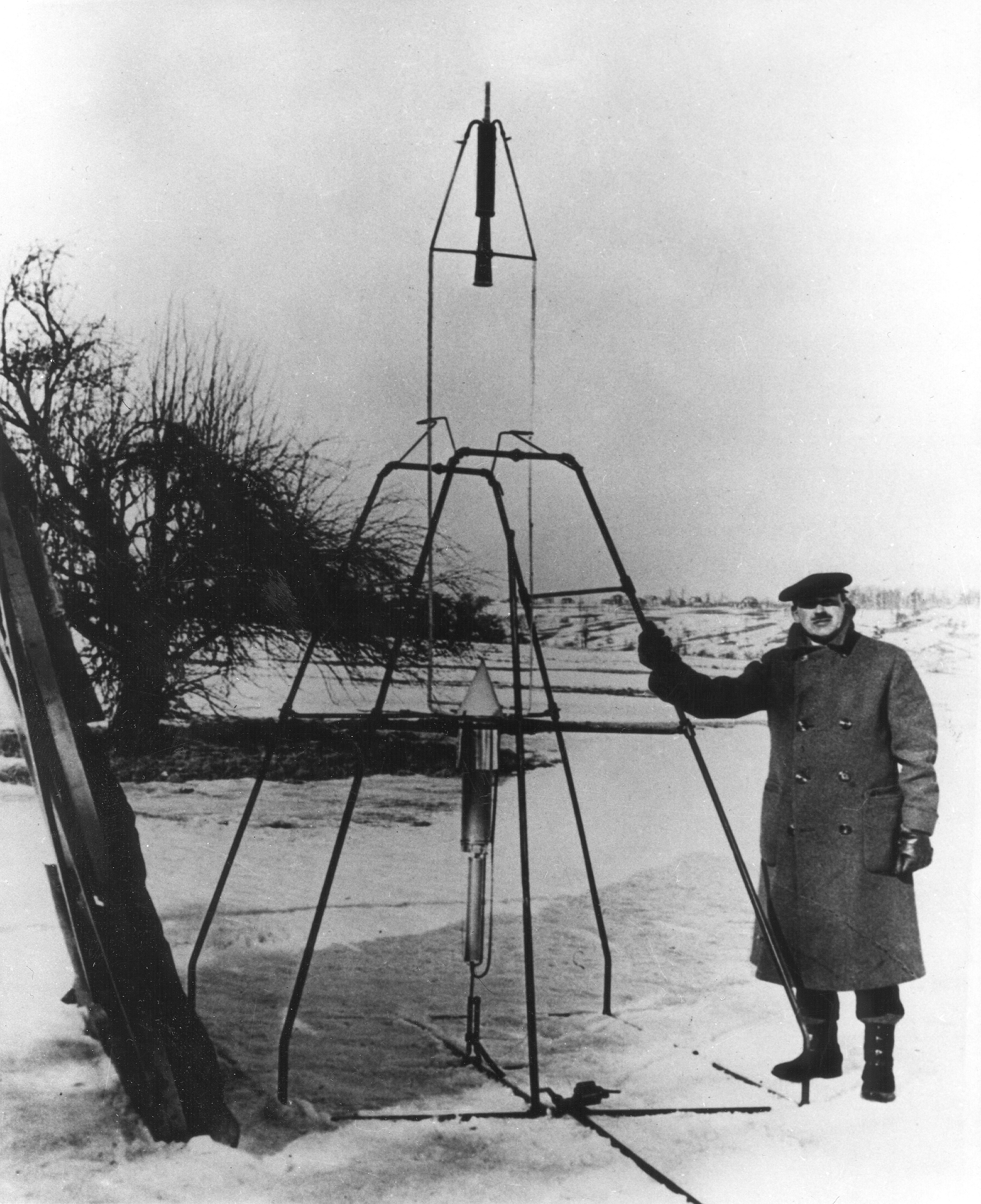|
Phyllis Broughton
Phyllis Broughton born Phyllis Harriet Wright became Phyllis Harriet Thomson (1862 – 21 July 1926) was a British dancer and actress who was known as a Gaiety Girl. She was awarded £2,500 in a breach of promise case and she then left another at the altar and he devoted the rest of his life to her. Life Broughton was born in 90 Hercules Buildings on Hercules Road in Lambeth. Her parents were Emily Charlotte, (born Jecks) and William Wright and she was the first of their four children. Her career was an unusual choice for a girl from a good family. Her father was a clerk to an architect in the 1870s and she was training to dance at the Neville Dramatic School and studying ballet. She adopted the name Phyllis Broughton when she made her debut at the Canterbury Music Hall in London in March 1877. The manager of the Gaiety Theatre, John Hollingshead, employed her as part of his company in 1880. The theatre was known for its chorus of girls, daring ad-libs (that avoided censorship) an ... [...More Info...] [...Related Items...] OR: [Wikipedia] [Google] [Baidu] |
Lambeth
Lambeth () is a district in South London, England, which today also gives its name to the (much larger) London Borough of Lambeth. Lambeth itself was an ancient parish in the county of Surrey. It is situated 1 mile (1.6 km) south of Charing Cross, across the river from Westminster Palace. The population of the London Borough of Lambeth was 303,086 in 2011. The area experienced some slight growth in the medieval period as part of the manor of Lambeth Palace. By the Victorian era, the area had seen significant development as London expanded, with dense industrial, commercial and residential buildings located adjacent to one another. By this point, there were distinct localities (like Vauxhall) appearing on the map, and a separate parish of South Lambeth was created in 1861. The changes brought by World War II altered much of the fabric of Lambeth. Subsequent development in the late 20th and early 21st centuries has seen an increase in the number of high-rise buildings. The ... [...More Info...] [...Related Items...] OR: [Wikipedia] [Google] [Baidu] |
Skirt Dance
A skirt dance is a form of dance popular in Europe and the United States, particularly in burlesque and vaudeville theater of the 1890s, in which women dancers would manipulate long, layered skirts with their arms to create a motion of flowing fabric, often in a darkened theater with colored light projectors highlighting the patterns of their skirts. Skirts used in skirt dances reportedly were constructed from over 100 yards of fabric. Background The dance originated in London, as a less formal type of ballet with elements of popular dance such as clogging and French can-can. The dancer Kate Vaughan is generally credited with originating it, and being its early proponent, after performing the dance as part of a Dance of the Furies at the Holborn Theatre in 1873. Vaughan had also performed Jacques Offenbach's ''Orpheus in the Underworld'' in a similar dress that year. Ballet master and choreographer John D'Auban worked with Vaughan, and taught other students including Alice Le ... [...More Info...] [...Related Items...] OR: [Wikipedia] [Google] [Baidu] |
British Dancers
British may refer to: Peoples, culture, and language * British people, nationals or natives of the United Kingdom, British Overseas Territories and Crown Dependencies. * British national identity, the characteristics of British people and culture * British English, the English language as spoken and written in United Kingdom of Great Britain and Northern Ireland and, more broadly, throughout the British Isles * Celtic Britons, an ancient ethno-linguistic group * Brittonic languages, a branch of the Insular Celtic language family (formerly called British) ** Common Brittonic, an ancient language Other uses *People or things associated with: ** Great Britain, an island ** British Isles, an island group ** United Kingdom, a sovereign state ** British Empire, a historical global colonial empire ** Kingdom of Great Britain (1707–1800) ** United Kingdom of Great Britain and Ireland (1801–1922) * British Raj, colonial India under the British Empire * British Hong Kong, colonial Ho ... [...More Info...] [...Related Items...] OR: [Wikipedia] [Google] [Baidu] |
People From Lambeth
The term "the people" refers to the public or common mass of people of a polity. As such it is a concept of human rights law, international law as well as constitutional law, particularly used for claims of popular sovereignty. In contrast, a people is any plurality of persons considered as a whole. Used in politics and law, the term "a people" refers to the collective or community of an ethnic group or nation. Concepts Legal Chapter One, Article One of the Charter of the United Nations states that "peoples" have the right to self-determination. Though the mere status as peoples and the right to self-determination, as for example in the case of Indigenous peoples (''peoples'', as in all groups of indigenous people, not merely all indigenous persons as in ''indigenous people''), does not automatically provide for independent sovereignty and therefore secession. Indeed, judge Ivor Jennings identified the inherent problems in the right of "peoples" to self-determination, as i ... [...More Info...] [...Related Items...] OR: [Wikipedia] [Google] [Baidu] |
1926 Deaths
In Turkey, the year technically contained only 352 days. As Friday, December 18, 1926 ''(Julian Calendar)'' was followed by Saturday, January 1, 1927 '' (Gregorian Calendar)''. 13 days were dropped to make the switch. Turkey thus became the last country to officially adopt the Gregorian Calendar, which ended the 344-year calendrical switch around the world that took place in October, 1582 by virtue of the Papal Bull made by Pope Gregory XIII. Events January * January 3 – Theodoros Pangalos declares himself dictator in Greece. * January 8 **Ibn Saud is crowned ruler of the Kingdom of Hejaz. ** Crown Prince Nguyễn Phúc Vĩnh Thuy ascends the throne as Bảo Đại, the last monarch of the Nguyễn dynasty of the Kingdom of Vietnam. * January 16 – A British Broadcasting Company radio play by Ronald Knox about workers' revolution in London causes a panic among those who have not heard the preliminary announcement that it is a satire on broadcasting. * January 21 ... [...More Info...] [...Related Items...] OR: [Wikipedia] [Google] [Baidu] |
1862 Births
Events January * January 1 – The United Kingdom annexes Lagos Island, in modern-day Nigeria. * January 6 – Second French intervention in Mexico, French intervention in Mexico: Second French Empire, French, Spanish and British forces arrive in Veracruz, Mexico. * January 16 – Hartley Colliery disaster in north-east England: 204 men are trapped and die underground when the only shaft becomes blocked. * January 30 – American Civil War: The first U.S. ironclad warship, , is launched in Brooklyn. * January 31 – Alvan Graham Clark makes the first observation of Sirius B, a white dwarf star, through an eighteen-inch telescope at Northwestern University in Illinois. February * February 1 – American Civil War: Julia Ward Howe's "Battle Hymn of the Republic" is published for the first time in the ''Atlantic Monthly''. * February 2 – The Dun Mountain Railway, first railway is opened in New Zealand, by the Dun Mountain Copper Mining Compan ... [...More Info...] [...Related Items...] OR: [Wikipedia] [Google] [Baidu] |
Henry Wellesley, 3rd Earl Cowley
Henry Arthur Mornington Wellesley, 3rd Earl Cowley (14 January 1866 – 15 January 1919), styled as Viscount Dangan between 1884 and 1895, was an English aristocrat. Early life Henry was born at Wilton Place, London, on 14 January 1866. He was the eldest son of William Wellesley, 2nd Earl Cowley (1834–1895), and the former Emily Gwendoline Peers-Williams (1839–1932). His only sibling, Lady Eva Wellesley, married, as his second wife, Randolph Wemyss, Laird of Wemyss Castle and Chief of Clan Wemyss. His mother was the second daughter of Col. Thomas Peers Williams, MP for Great Marlow (UK Parliament constituency), Great Marlow, and the former Emily Bacon (a daughter of Anthony Bushby Bacon of Elcott). His paternal grandparents were Henry Wellesley, 1st Earl Cowley (the eldest son of Henry Wellesley, 1st Baron Cowley, and Charlotte Paget, Marchioness of Anglesey, Lady Charlotte Cadogan, the daughter of the Charles Cadogan, 1st Earl Cadogan, 1st Earl Cadogan), and the Hon. Olivia ... [...More Info...] [...Related Items...] OR: [Wikipedia] [Google] [Baidu] |
Coote Synge-Hutchinson
Lieutenant-General Coote Synge-Hutchinson (7 August 1832 – 13 February 1902) was a British Army officer. Military career He was born in Dublin, Ireland, the son of Francis Synge-Hutchinson and Lady Louisa Frances Synge-Hutchinson, daughter of Hon. Francis Hely-Hutchinson and sister of the Earl of Donoughmore. Synge-Hutchinson, of the 2nd Dragoon Guards, was awarded the Indian Mutiny Medal, with Lucknow clasp, for service with the 2nd Dragoon Guards (Queen's Bays). He was later promoted to Lieutenant General and became Honorary Colonel of the 19th Royal Hussars from 24 March 1899 to 13 February 1902. His nephew was Colonel Edward Douglas Brown VC. In 1888, at the age of 56, he married a widow Emily Charlotte Jecks. She had children including Phyllis who became a noted actress under the name Phyllis Broughton Phyllis Broughton born Phyllis Harriet Wright became Phyllis Harriet Thomson (1862 – 21 July 1926) was a British dancer and actress who was known as a Gaiety Girl. ... [...More Info...] [...Related Items...] OR: [Wikipedia] [Google] [Baidu] |
A Gaiety Girl
''A Gaiety Girl'' is an English musical comedy in two acts by a team of musical comedy neophytes: Owen Hall (book, on an outline by James T. Tanner), Harry Greenbank (lyrics) and Sidney Jones (music). It opened at Prince of Wales Theatre in London, produced by George Edwardes, on 14 October 1893 (later transferring to Daly's Theatre) and ran for 413 performances. The show starred C. Hayden Coffin, Louie Pounds, Decima Moore, Eric Lewis, W. Louis Bradfield, and later Rutland Barrington, George Grossmith, Jr., Scott Russell, Huntley Wright and Marie Studholme. Topsy Sinden and later Letty Lind danced in the piece. Choreography was by Willie Warde. Percy Anderson designed the Japanese costumes for the musical, while the non-Japanese costumes were supplied by leading fashion houses. Blanche Massey was one of the Gaiety Girls in the piece. It also had a successful three-month Broadway run in 1894, followed by an American tour and a world tour. Importance in ... [...More Info...] [...Related Items...] OR: [Wikipedia] [Google] [Baidu] |
Gaiety Girls
Gaiety Girls were the chorus girls in Edwardian musical comedies, beginning in the 1890s at the Gaiety Theatre, London, in the shows produced by George Edwardes. The popularity of this genre of musical theatre depended, in part, on the beautiful dancing corps of "Gaiety Girls" appearing onstage in bathing attire and in the latest fashions. The 1890s Gaiety Girls were respectable, elegant young ladies, unlike the actresses from London's earlier musical burlesques. Later, even the stars of these musical comedies were referred to as Gaiety Girls. Description Fashion icons An American newspaper reviewing '' A Gaiety Girl'' in 1894 explained the importance of the Gaiety Girls: "The piece is a mixture of pretty girls, English humor, singing, dancing and bathing machines and dresses of the English fashion. The dancing is a special feature of the performance, English burlesques giving much more attention to that feature of their attractiveness than the American entertainments of ... [...More Info...] [...Related Items...] OR: [Wikipedia] [Google] [Baidu] |
One Thousand And One Nights
''One Thousand and One Nights'' (, ), is a collection of Middle Eastern folktales compiled in the Arabic language during the Islamic Golden Age. It is often known in English as ''The Arabian Nights'', from the first English-language edition (), which rendered the title as ''The Arabian Nights' Entertainments''. The work was collected over many centuries by various authors, translators, and scholars across West Asia, Central Asia, South Asia, and North Africa. Some tales trace their roots back to ancient and medieval Arabic, Persian, and Mesopotamian literature. Most tales, however, were originally folk stories from the Abbasid and Mamluk eras, while others, especially the frame story, are probably drawn from the Pahlavi Persian work (, ), which in turn may be translations of older Indian texts. Common to all the editions of the ''Nights'' is the framing device of the story of the ruler Shahryar being narrated the tales by his wife Scheherazade, with one tale told ov ... [...More Info...] [...Related Items...] OR: [Wikipedia] [Google] [Baidu] |





